||| FROM CYNTHIA BRAST |||
Nostalgia reigns over the little European (now re-named Western) honey bee (Apis mellifera). We think of honey in terms of “liquid gold” or perhaps reminiscent of A.A. Milne’s Winnie the Pooh, gobbing it all over himself as he dips his paw into the honey jar. Honey bees are indeed important pollinators, and the economic driver of the honey industry. You can stick the almond industry in along with them because, “without honey bees, we wouldn’t have almonds, right!” More on this if you keep reading.
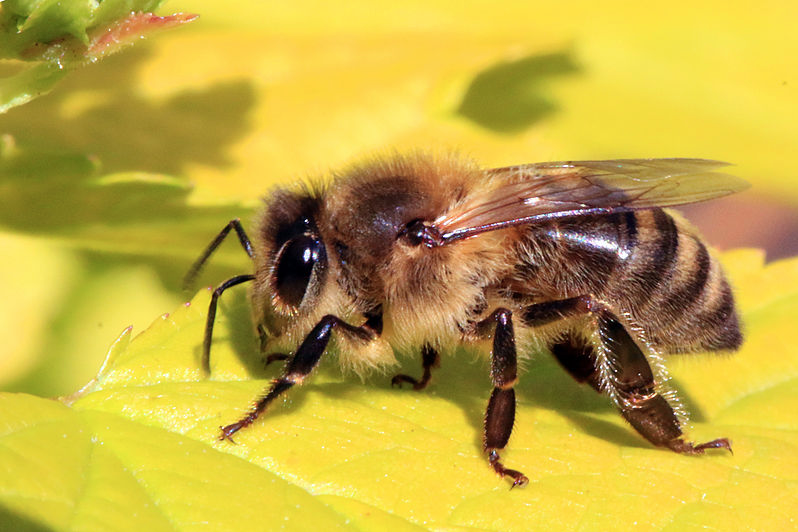 If you delve into how we use honey bees for pollination, it’s hard not to be sympathetic to the plight of the honey bee. Going back to the almond industry, I can tell you it isn’t pretty. Here, and in other monoculture systems, the honey bee must collect pollen and nectar from one, single, solitary food source. Then that bee and her hive family are loaded onto a truck with many other hives, and delivered to yet another industrial monocrop to do the same thing again. Maybe this time it’s an apple orchard, or soybeans, or sunflowers. In every instance though, the nutrient deficiencies can’t be ignored. Honey bees need a diverse array of nutrients just like every other living organism. They aren’t healthy because of how we are keeping (and exploiting) them (McGivney 2020).
If you delve into how we use honey bees for pollination, it’s hard not to be sympathetic to the plight of the honey bee. Going back to the almond industry, I can tell you it isn’t pretty. Here, and in other monoculture systems, the honey bee must collect pollen and nectar from one, single, solitary food source. Then that bee and her hive family are loaded onto a truck with many other hives, and delivered to yet another industrial monocrop to do the same thing again. Maybe this time it’s an apple orchard, or soybeans, or sunflowers. In every instance though, the nutrient deficiencies can’t be ignored. Honey bees need a diverse array of nutrients just like every other living organism. They aren’t healthy because of how we are keeping (and exploiting) them (McGivney 2020).
The honey industry brought in $321.22 million U.S. dollars in 2021 (Statistica, 2022). They are packed and stacked in boxes, driven across the country, unloaded in unfamiliar territory, hunger staved off temporarily with a jar of high fructose corn syrup, or sugar water (if they’re lucky), while they familiarize themselves with the new surroundings, and are off to work immediately. They are unpaid transient workers.
Valued, and needed, but treated much like the migrant workers we count on to move about the country picking our food crops. Of course, we are told, the nation won’t eat if we don’t have bees! Partly, this is true. The part that needs clarifying is: Which bees exactly do we need to pollinate our food crops?
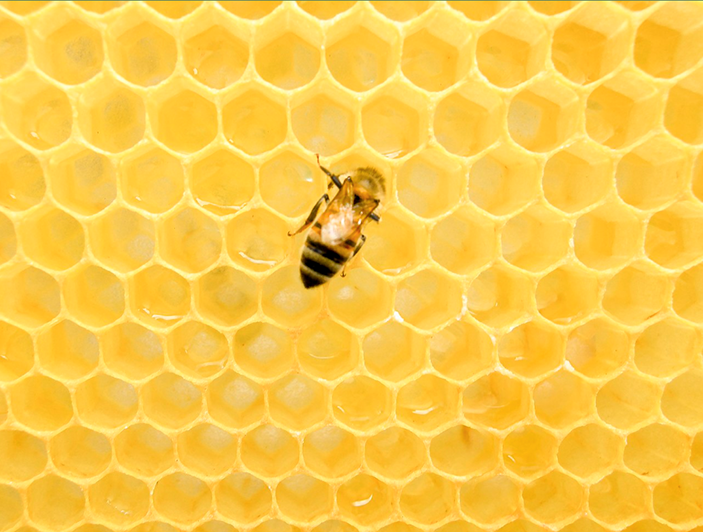
I’ll disclose here that I am a former honey bee keeper. Former being the point! I quit. I became enlightened. Not by the unrealized dreams of liquid gold, not from stings received, but rather by the dings of my brain firing at the connections I started to make from my observations and from searching for scientific literature that supported what I was observing.
When I was working on my MS in Entomology and Nematology from the University of Florida, I took a beekeeping course as part of my curriculum. Part of the requirement for the course was to shadow other beekeepers and set up a hive of my own, enthusiastically set off on these tasks. Keeping my own hives was an incredibly fascinating experience.
Here in our island community, I mentored high school students who set up a hive at the community garden and gave several public talks to various organizations as part of their senior project. I’ve acted as a consultant for other beekeepers, loaned out beekeeping equipment, suits, literature, and several extension agencies have used photos I took of honey bee queens and varroa mites in their educational materials.
Keeping honey bees was fascinating. Yes, I was stung, but it was mesmerizing to watch them working. At one place that I lived, I kept them just outside of my daughter’s bedroom, and to open the window and smell the honey bees was like entering heaven. It was intoxicating.
As to my success in keeping honey bees on San Juan Island, I can tell you it’s a mixed bag. My longest-lived colony survived three years. Mostly, later in the season, the bees would be attacked by wasps, and the hives completely raided. Honey bees died in winter from a lack of food and reduced numbers. Bees ball up together inside the hive in winter. If the population is small, they just can’t generate enough heat to stay warm.
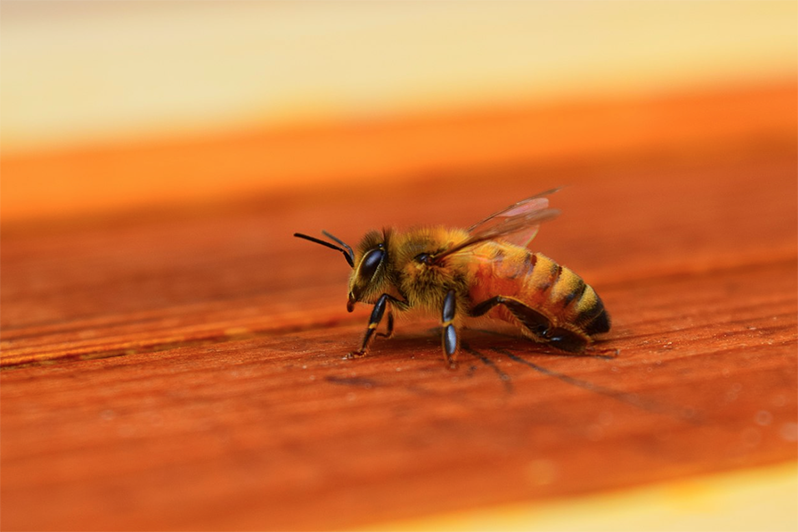
For a few years, I bought new packages of bees. That was also a mixed bag. Some years, the queen died right away. Other packages of bees came with varroa mites. Most packaged bees for purchase are available after they’ve already been at work in other parts of the country pollinating in crop systems where the climate is warmer. They’re worn out and not necessarily healthy.
You see, many people selling bees to hobby beekeepers also make money from renting bees for crop pollination. The queens are reared separately and artificially inseminated. When your package of bees is packed for shipping, they plop the newly fertilized queen into the box with the tired little workers who have been to California, Nebraska, Iowa, or who knows where else before they arrive for you to pick up. As these packaged bees became more and more expensive, my “hobby” was yielding the most expensive, tiny jar of honey you could ever imagine.
There were multiple other things I observed when keeping bees. Like they would gang up on the poor, solitary bumble bee trying to feed on the single dandelion in the yard and kill it. Not the dandelion. They killed the bumble bee.
They actually killed a lot of bumble bees from my observations. I didn’t like it. I also quickly noted that with our cool spring climate, the honey bees didn’t like to come out of the hive until sometime in May or June, way after all the trees had flowered. Honey bees don’t like to fly unless the temperature is over 50 degrees Fahrenheit. I was
making a lot of sugar water for them. In case you haven’t noticed, the price of sugar is becoming quite expensive.
That’s another thing. Sugar water is nutrient poor. Honey bees, or pretty much any other organism will never thrive on sugar water alone. It would be like giving your kid cans of Pepsi or Coca Cola every day and nothing else. Of course, they would not be healthy. They’d probably have a shortened life and die before they became a teenager.
Honey bees, humans, and pretty much every other organism on the planet needs a diversity of nutrients to survive. Who out there remembers taking a Fred Flintstone vitamin tablet as a kid? Well, there’s a minimum daily requirement for more than humans. Honey bees need a diversity of flowers, trees, mineral rich soil, and clean
water to thrive. They also need to collect anywhere from 20-130 lbs per year of pollen and 120-900 lbs per year of nectar, to sustain ONE hive (Goulson, 2003).
So, don’t we have those things out here in the San Juans? Hmmm. Let’s see. Spring temps don’t warm up until after fruit trees, forest trees, and lots of other native shrubs have already flowered or set off pollen. Our soils are poor and deficient in certain minerals like selenium. There’s a LOT of bedrock, but obviously we have some parcels that are exceptions. Summers are hot and dry. I doubt even in a good season, there’s enough pollen and nectar to support all the hobby hives we have now in the islands.
If you’ve lived here for a few seasons, you might note that summer going into fall we have a dearth of vegetation. Pretty much the only wild plants blooming are our non-native Tansy and California Poppies. Of course, the noxious weed folks urge us to pull all the Tansy. It’s toxic. We should do our best to remove it when possible because if you are keeping bees (and continue to do so after reading this), you don’t want Tansy pollen or nectar in your honey. It will damage your liver.
Back to making my point. What bees are we supposed to save? 1. Honey bees? or 2. Those other bees that don’t give honey, but might actually be better suited for pollinating things we have in the San Juans?
If you pick 2, you’re trending along with me. As an entomologist, I can suggest that supporting native bee species will be much healthier and sustainable for our fragile island ecosystem. Why? Well, native bees are already suited for this geographic climate. Bumble bees, Andrena bees, Mining Bees, Leafcutter bees, along with flies, wasps, beetles, moths, ants, and even spiders are all pollinators that work well in our island habitat. In fact, flies are probably one of our most effective early pollinators for fruit trees in the San Juans.
But won’t honey bees pollinate too? What about my garden plants or my orchard trees? Well, again, it’s really not an optimal climate. If you are still holding out, I can offer additional research that might be convincing. While not particularly applicable to the San Juans, since as I’ve already stated, honey bees aren’t going to be flying when our orchard trees are blooming, current research in mainland agro-ecosystems is indicating that wild bees actually increase fruit set in apple orchards (Mallinger & Gratton, 2014), and strawberries pollinated by wild bees are larger than strawberries pollinated by honey bees (MacInness and Forest, 2019). That’s only two papers, but if
you take time to go through and read these, look at their references. You’ll find additional citations indicating similar findings in other studies.
What if we ignore everything you’ve written here and keep ordering packages of honey bees? Good question. Certainly, you are within your right to order honey bees and keep them. Some folks may be determined to try and raise bees in an attempt to get honey. All I can say to that is good luck! I personally have switched from using honey to using agave as a sweetener, or quit using sweeteners altogether. It’s a personal choice, but also motivated by my own economics as well as my concern for preserving a diverse and sustainable population of invertebrates and conserving diverse and healthily functioning ecosystems.
Also, please don’t interpret my position as “anti-agriculture.” That wouldn’t be fair. We have to eat, but I do believe in progress and making better choices as the planet becomes more populated. There are a LOT of people to feed. We need to figure out how to do this sustainably, without displacing our diversity of wildlife or injuring the planet’s ability to support life.
It’s a fact that native bees are being displaced in ecosystems under pressure from loss of habitat and competition from managed honey bees. In their 2018 literature review, Hatfield et al., state that “honey bees displace native bees from flowers, alter the suite of flowers native bees visit, and have a negative impact on native bee reproduction.” Citing Anderson & Anderson 1989; Paton 1990, 1996; Wills et al. 1990; Dafni & Shmida 1996; Horskins & Turner 1999, Hatfield et al., continue by stating, “honey bees potentially impact native bee species by removing available supplies of nectar and pollen,” essentially outcompeting native pollinators who are left without enough food to survive and reproduce.
How many hobby beekeepers are in the San Juan Islands? Are there enough to impact native populations of pollinators? Doubtful we could come up with an accurate number or assessment. It would be great to have a count and map of locations of honey bee hives in the islands. The Washington State Department of Agriculture does have a requirement for beekeepers to register their hives annually with the state (WSDA 2022). This isn’t set up to harass beekeepers, but to be able to contact you should there be an issue of concern, ranging from disease to threats from non-native species such as the Asian Giant Hornet (Vespa mandarinia), a species the state is tracking to prevent further spread. If hobby beekeepers are adhering to state laws by registering their hives, scientists will be better at assessing the impact of honey bees on populations of native pollinator species, especially under the unknown parameters of a warming earth.
What are my recommendations? Well, I’ve shared why I quit keeping honey bees. We have a small orchard and keep a little vegetable garden where my husband helps me grow some strawberries, tomatoes, peas, salad greens, and a few other things. The past few seasons, because of my affinity for bug viewing over gardening, I planted
some things near my garden plants that I knew would attract pollinators. For instance, I have Nepeta varieties of catmint near my tomatoes. Those purpley-blue flowers on the catmint attract all sorts of pollinators who also happen to visit my tomatoes, peas, strawberries, and more.
Judging from the diverse collection of bugs (and birds) in our garden/orchard area, I don’t believe we need any honey bees at all for pollination. I love watching the varied native bees, especially the fuzzy bumble bees that pollinate our tomato plants. Oh, one last thing! These native pollinators aren’t out to defend a colony like the social honey bees. This means they are WAY less likely to sting you. Oh, I’ve sustained a sting or two from an occasional bumble bee, but that was because they were hanging out on my blue yoga pants, and I accidentally squeezed them when I was squatting down to pull some weeds. Bugs love the colors blue, purple, and black. I learned my lesson. Now I wear blah, sand-colored clothes when I’m gardening.
Thanks for reading. I hope you will consider my points. This is not meant to be an indictment against honey bees or honey bee keepers, merely a perspective on the impacts we may have on our island ecosystem in keeping honey bees. The bumble bees, and other native pollinators will appreciate not being displaced. They’re worth saving, and thank you for recognizing their role in our food web.
P.S. If you aren’t a beekeeper, but you’re interested in helping native pollinators on the island, establishing gardens with diverse species of native plants will help ensure they have a bounty of healthy and nourishing food sources available. You can check out Washington Native Plant Society at https://www.wnps.org , WSU’s Master Gardener
Foundation of San Juan County at https://www.mgfsjc.org , or the Xerces Society –
https://xerces.org/publications/plant-lists/pollinator-plants-maritime-northwest-region for
native species lists.
References:
- Goulson, D. 2003. Effects of introduced bees on native ecosystems. Annual Review of Ecology, Evolution, and Systematics 34:1-26.
- Hatfield, R.G., S. Jepsen, M. Vaughn, S. Black, E. Lee-Mäder. 2018. An Overview of the Potential Impacts of Honey Bees to Native Bees, Plant Communities, and Ecosystems in Wild Landscapes: Recommendations for Land Managers. 12pp. Portland, OR: The Xerces Society for Invertebrate Conservation.
- MacInnis, G, Forrest, JRK. 2019. Pollination by wild bees yields larger strawberries than pollination by honey bees. J Appl Ecol. 56: 824– 832. https://doi.org/10.1111/1365-2664.13344
- Mallinger, R.E. and Gratton, C., 2015. Species richness of wild bees, but not the use of managed honeybees, increases fruit set of a pollinator-dependent crop. J Appl Ecol. 52: 323-330. https://doi.org/10.1111/1365-2664.12377
- McGivney, A. 2020. ‘Like sending bees to war: the deadly truth behind your almond milk obsession. The Guardian. https://www.theguardian.com/environment/2020/jan/07/honeybees-deaths-almonds-
hives-aoe - Statistica – https://www.statista.com/statistics/191993/value-of-honey-production-in-the-us/
- Washington State Department of Agriculture https://agr.wa.gov/services/licenses-permits-and-certificates/summary-descriptions/apiary-registration
**If you are reading theOrcasonian for free, thank your fellow islanders. If you would like to support theOrcasonian CLICK HERE to set your modestly-priced, voluntary subscription. Otherwise, no worries; we’re happy to share with you.**

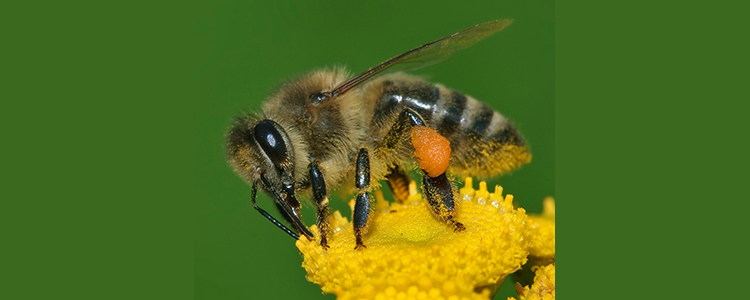

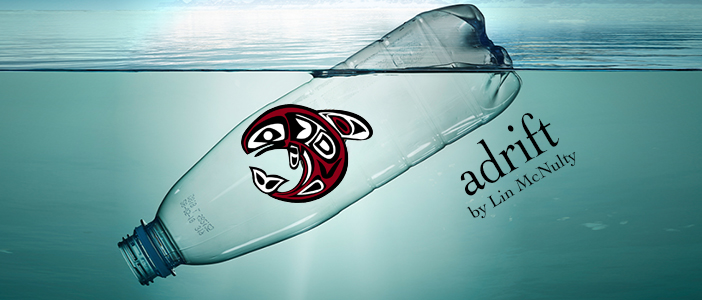
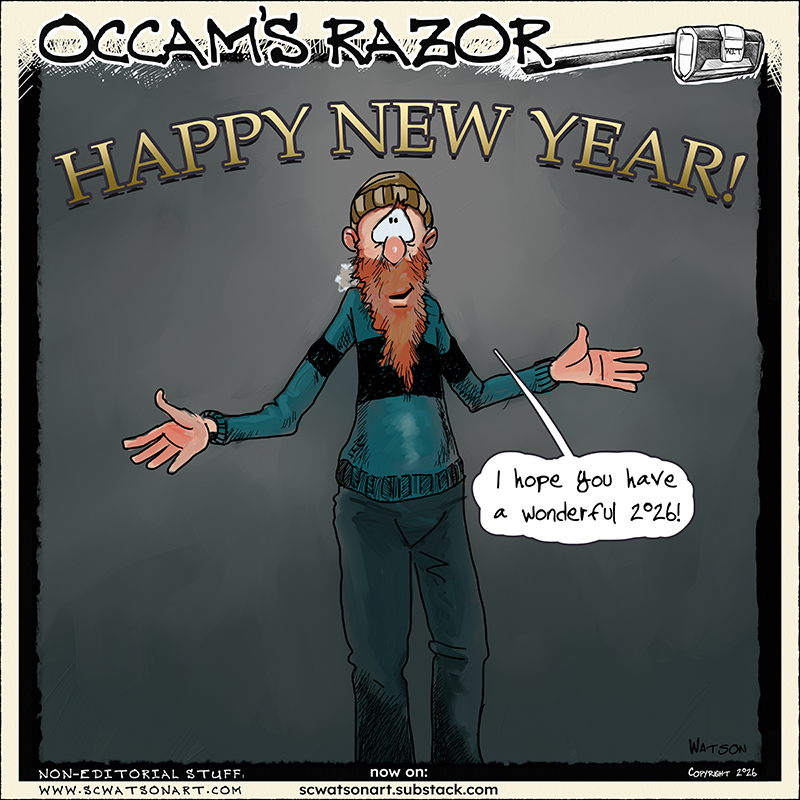




Thank you, Cindy. This is a very interesting perspective from research and personal experience, and raises a lot of questions about our best intentions and the side-effects of our engineering of natural systems. Given the widespread rent-a-hive industry, interstate transport of bees for commercial pollination and the current threats to honeybee populations, it makes me wonder about the multipliers to these effects.